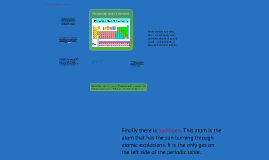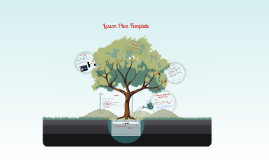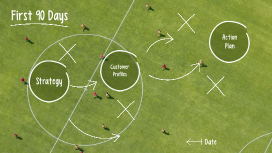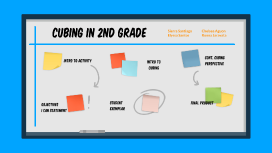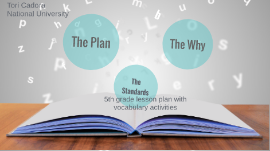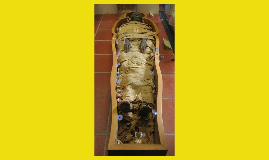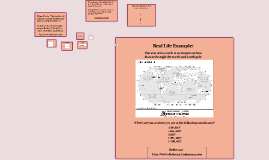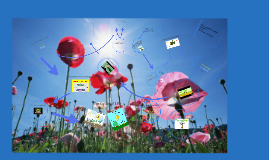Lesson Plan 5th Grade Math
Transcript: (0,0) X Coordinate - The horizontal value in a pair of coordinates, how far along the point is. Always written first in a pair of coordinates (x,y), such as (12,5). 12 is the x-coordinate. negative - http://www.mathsisfun.com On x-axis, y=0 Coordinate System or Cartesian Coordinates (1,1) Y-AXIS (-3,4) The axis of the earth is an imaginary line drawn through the north and south pole http://www.dictionary.reference.com X-AXIS (1,1),(-3,4),(-2,-4),(5,-2) X is a cross, so X is across Y Coordinate - The vertical value in a pair of coordinates. How far up or down the point is. Always written second in a pair of coordinates (x,y), such as (12,5). 5 is the y-coordinate. negative - (5,-2) (100,40)? (-60,-20)? (0,0)? (100,-80)? (-100,40)? positive + Reference: (-2,-4) http://dese.mo.gov/college-career-readiness/curriculum/missouri-learning-standards Reference: Coordinate System or Cartesian Coordinates http://www.mathsisfun PLOT THE FOLLOWING POINTS positive + Where are you at when you are at the following coordinates? Real Life Example: Content: Mathematics Grade Level: 5th Standard Specifics: Use a pair of perpendicular number lines, called axes, to define a coordinate system, with the intersection of the lines (the origin) arranged to coincide with the 0 on each line and a given point in the plane located by using an ordered pair of numbers, called its coordinates. Understand that the first number indicates how far to travel from the origin in the direction of the second axis, with the convention that the names of the two axes and the coordinates correspond (e.g. x-axis and x-coordinate, y-axis and y-coordinate). On y-axis, x=0 POINT OF ORIGIN






